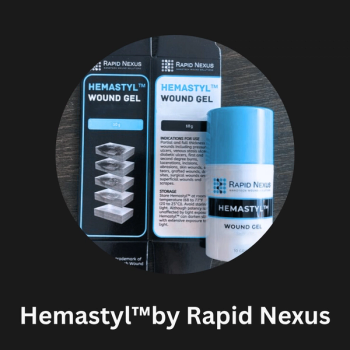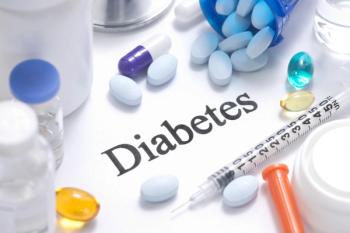
Making drug disposal as easy as 1-2-3
If a practice does not have a robust drug disposal program, it may inadvertently put patients, staff and the surrounding community at risk
Throwing out unused medications is common in healthcare, and many medical practice staff members don’t think twice about it. However, there are numerous regulations governing this activity, and if a practice does not have a robust drug disposal program, it may inadvertently put patients, staff and the surrounding community at risk.
Whether medications are left over, expired or in some other way unusable, staff members must dispose of them correctly. If not, dangerous chemicals can leach into the environment, with long-term, harmful consequences such as damaging health effects.
The good news is that starting a comprehensive drug waste disposal program does not have to be difficult. By following these three steps, medical practices can ensure proper and safe operations.
Waste characterization
Pharmaceutical waste can be divided into two broad categories: hazardous and non-hazardous.
There are several reasons why drug waste would be considered hazardous from a waste management perspective. First and foremost, if a medication falls under the U.S. Environmental Protection Agency’s (EPA) Resource Conservation and Recovery Act regulations, then it is considered hazardous.
To learn what types of drugs it has on site, medical practice staff should closely inspect all areas of the facility. For assistance with this review, organizations may want to seek outside resources, such as those found on the EPA’s and other third-party websites.
Obtain and distribute appropriate receptacles
The kinds of drug waste an organization generates will determine the correct containers for disposal.
Some hazardous wastes are incompatible–meaning they cannot be included with other medications due to potential chemical reactions. In these cases, practices should have separate containers for conflicting medications.
If an organization only uses non-hazardous drugs, then it can dispose of them using containers meant for non-hazardous disposal. These can be incorporated into a facility’s medical waste management process. However, these wastes should be collected separately from other medical wastes and sharps. Work with your vendor to clarify their requirements for management of non-hazardous drug waste.
Once a facility determines the type of containers it requires, it should position receptacles in convenient locations that are accessible by staff but not the general public.
Train staff
To ensure ongoing compliance, organizations should invest time and energy in training employees on the appropriate methods for pharmaceutical waste disposal.
It is somewhat surprising how many medical practice employees-especially those in smaller practices-don’t know where to throw away unused drugs or about the risks associated with improper disposal. Most medical waste disposal companies require organizations to separate their used and expired pharmaceuticals from their medical waste.
Training should be convenient and comprehensive. Online tools, role-playing exercises in staff meetings, posters displayed near waste receptacles and timely reminders and alerts can all be helpful and serve to remind employees of the rules.
Cara Simaga is a CHMM and Director of Regulatory Affairs at
Newsletter
Stay informed and empowered with Medical Economics enewsletter, delivering expert insights, financial strategies, practice management tips and technology trends — tailored for today’s physicians.


















